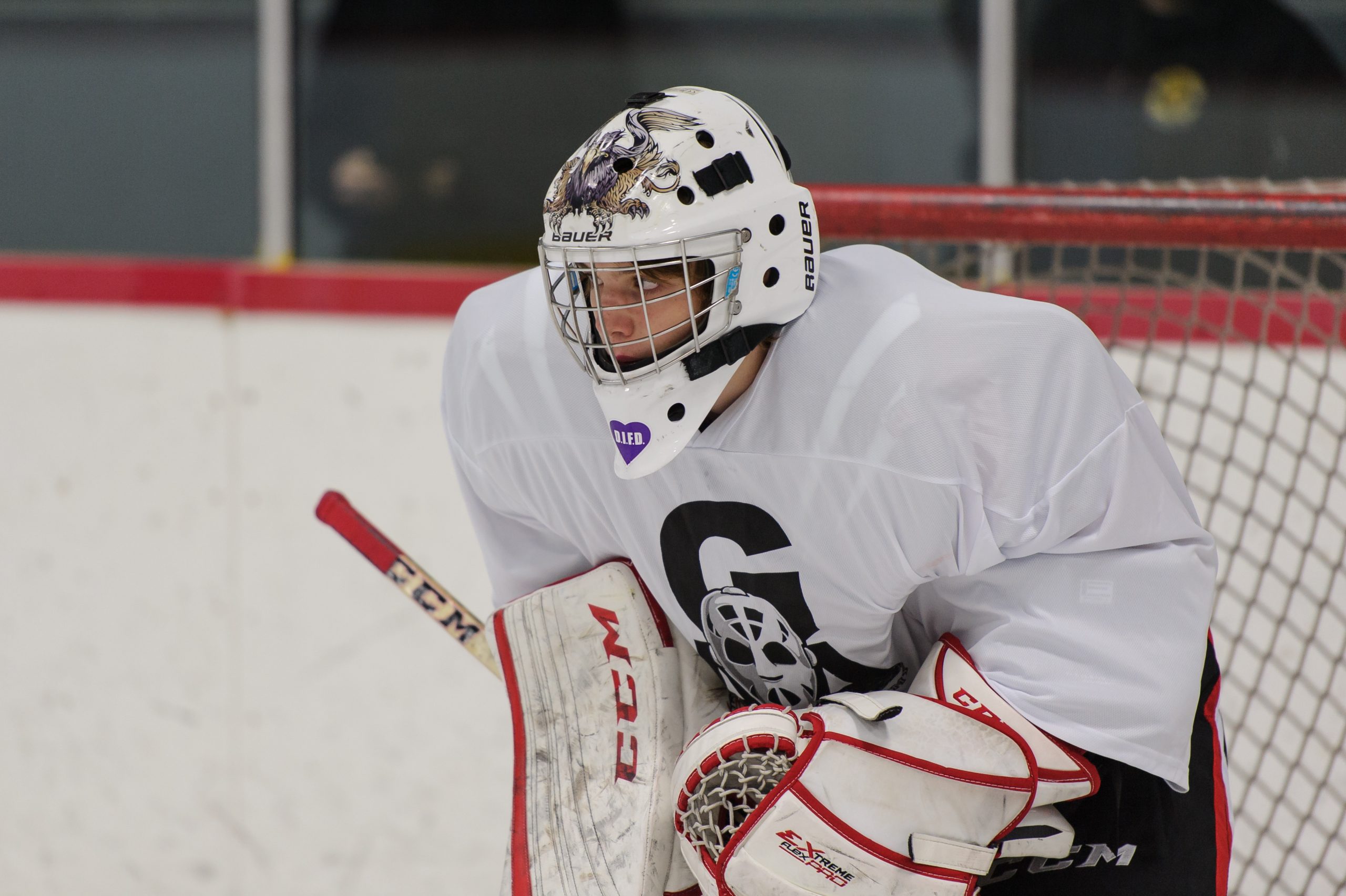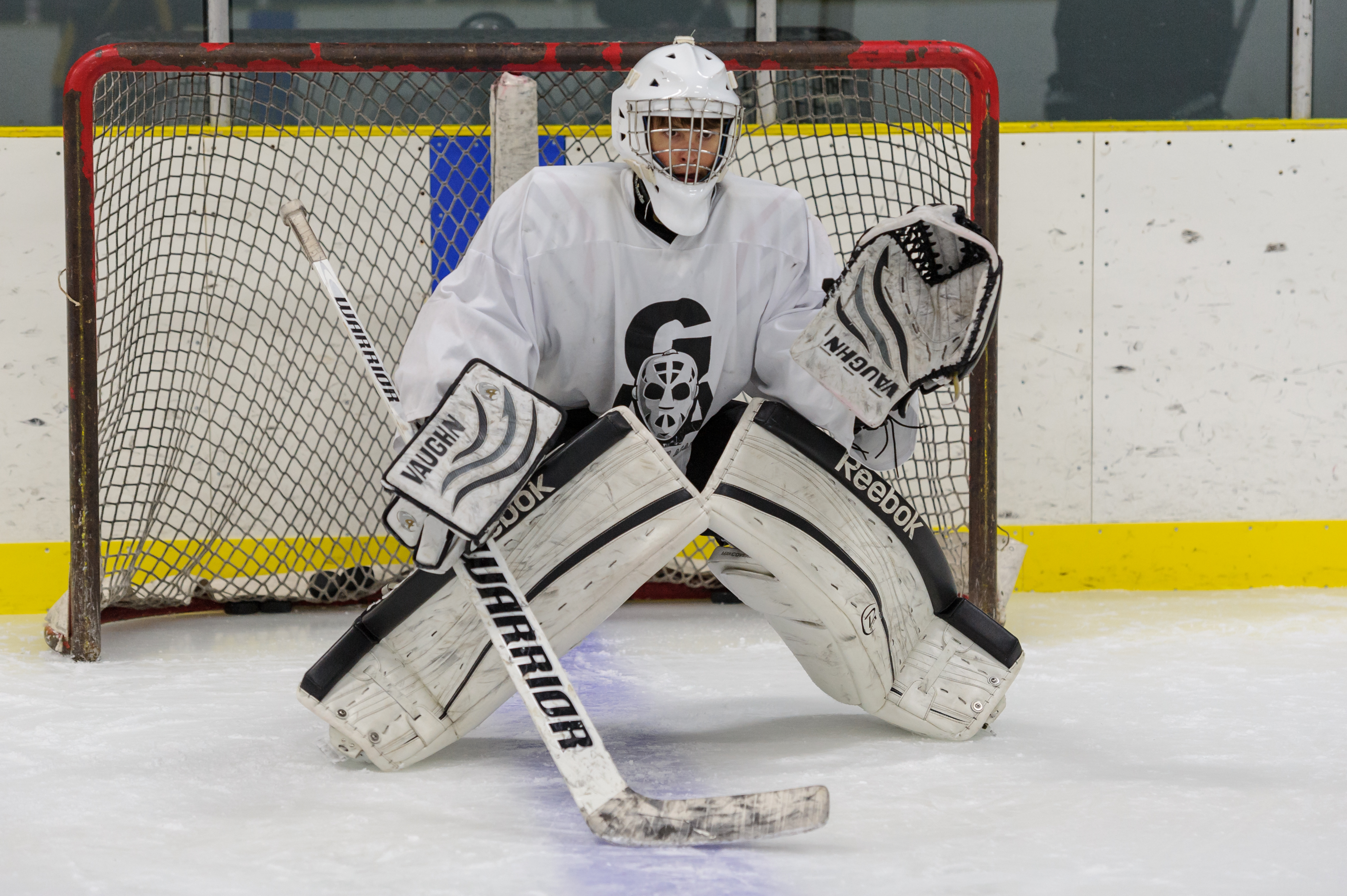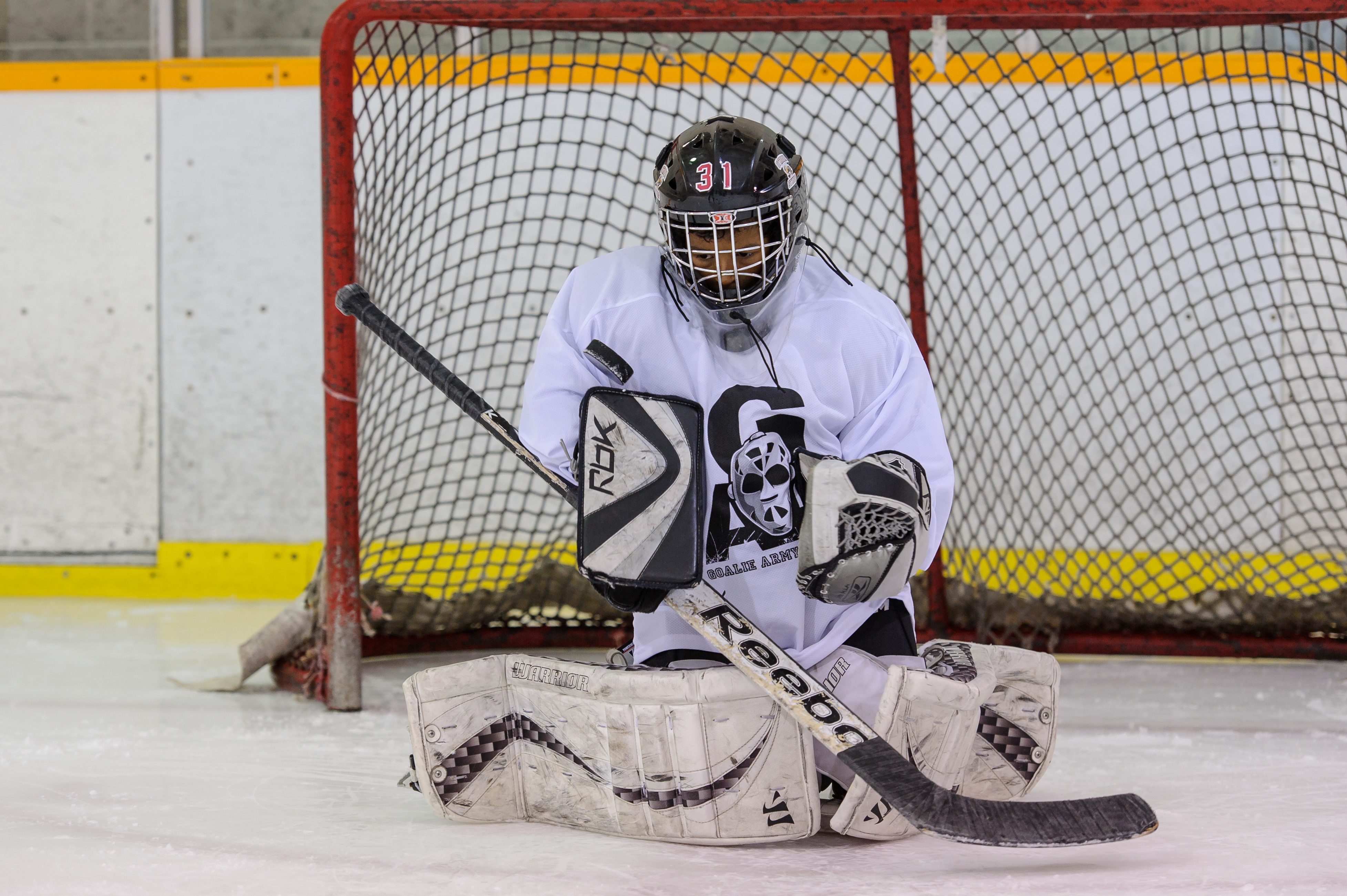
Goalie Training Tips: Visualization for Performance
Many goalies have heard the expression “Goaltending is 90 percent mental, 10 percent skill” and as Ken Dryden once said, “Because the demands for a goalie are mostly mental, it means that for a goalie, his biggest enemy is himself.”
For goaltenders seeking success, it would be unwise to focus solely on developing techniques for making saves and staying in position during their goalie training.
 While these are crucial skills to develop during goalie training sessions, elite goalies share three key qualities:
While these are crucial skills to develop during goalie training sessions, elite goalies share three key qualities:
- They are mentally tough
- They have a high confidence level
- And they perceive they are in control.
Getting Into the Zone
For these athletes, feelings of anxiety and pressure are replaced by a sense of calmness. These are not attributes that develop by accident. They can be learned not from on-ice goalie training, but in part through techniques developed by sports psychologists.
Sports psychology helps to explain what psychological factors influence sport performance. It also offers coaches and athletes tools that can direct the daily routine to improve the athlete’s sports performance.
Perhaps the most commonly used tool is visualization (imagery). Visualization involves creating experiences within your imagination that mimic real experiences.
Visualization is a fantastic tool not only because it can be used anywhere, and anytime, but also because it is also works for athletes regardless of age or skill level.
Imagery
Visualization can be general or specific. When you visualize routines, strategies, or game-plans, this is cognitive general imagery. Cognitive specific imagery includes specific sport skills, like rehearsing the way you want to react to a specific play, and net location sequences. Imagery can also be motivational – either general or specific. For example, visualization can include images that relate to stress and physiological arousal, such as imagining feeling calm during stressful game situations. Imagery could also focus on feeling self-confident or having a sense of self control. Using these visualization techniques has been shown to predict self confidence in game situations for a variety of sports.
Using Additional Senses
It is important to note that visualization should not be limited to sight, but should also include smell, sounds, touch, and kinesthetic sense (imagining bodily movements). With practice, visualization becomes a very realistic simulation within the athletes mind. The more realistic the experience becomes, the more effective the imagery will be on the athlete’s performance.
Many goaltenders are simply used to on-ice or off-ice goalie training in order to prepare themselves for competition. For goaltenders who have not yet tried visualization, here are several tips:
 Remember, just like when performing any form of goalie training, practice makes perfect. Visualization is a skill that must be developed over time, with consistent practice. Start with 5 minute sessions once a day, and increase the length of the sessions as you become better at imagining. Professional athletes can increase their sessions to as long as thirty minutes.
Remember, just like when performing any form of goalie training, practice makes perfect. Visualization is a skill that must be developed over time, with consistent practice. Start with 5 minute sessions once a day, and increase the length of the sessions as you become better at imagining. Professional athletes can increase their sessions to as long as thirty minutes.- The night before a game, or a tryout, before you go to sleep, spend 5 or ten minutes visualizing the way you want the next day to unfold, not just on the ice, but also in the pre-game preparation.
- Visualization should be done when you are in a good mood.
- Visualization should always be positive – never negative thoughts.
- Incorporate smells (e.g. locker room, hockey rink), sights, touch (feeling the puck hit you), and body movements into your visualization.
- Before every game, go over all the possible plays that can occur, especially focusing on the plays that you have been working on, and wish to improve. Briefly imagine mistakes you have recently made, and quickly replace that image with the way you wish to react.
Ask any sports psychologist how to improve both your enjoyment of the game as well as your performance in the game outside of additional goalie training as quickly as possible, and they will invariably say that visualization is the best place to start.
References
Crocker, P.R.E. (Ed.). (2011). Sport and exercise psychology: A Canadian perspective (2nd ed.). Toronto: Pearson
http://www.athleticinsight.com/Vol8Iss2/HockeySkills.htm


Leave a Reply